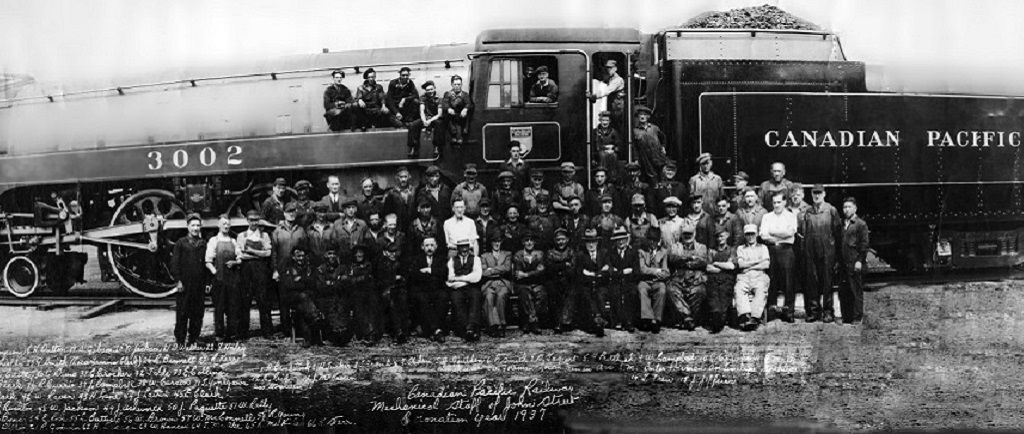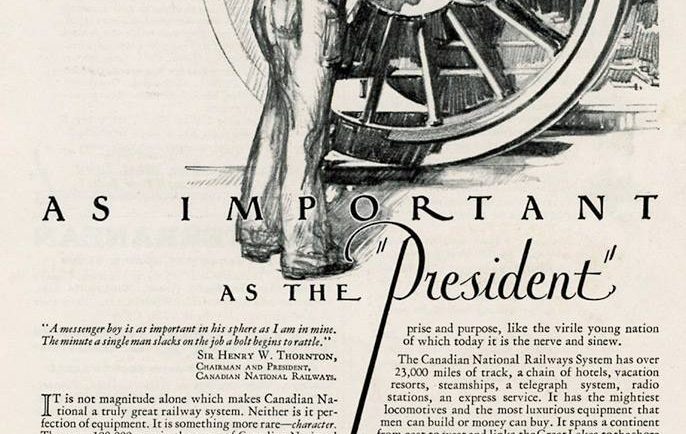On the Rails: The Experiences of Toronto’s Railway Workers
Think of the last time you travelled in a train. Was it a daily commute to work? Or was it a special journey? For some people, trains and railways are part of their everyday lives. For others, it is a symbol of an important event.
Instead, think of the last time you saw a train, or even tracks. Is there a railway crossing near where you live? Do you see a rail overpass on your way to work or school? Sometimes, we might think that railways are not part of our cities and towns, but if you look closely, you can see signs all around.
The railways were, and are, an essential part of the City of Toronto. Railways move people and goods to, from, and through the city. This is not true only in Toronto. Think of the place where you live, the shops you go to and the places you visit. Do you know how the goods reach the stores you visit? Connections to railways exist everywhere, even if you do not think about them.
People may not consider railways important anymore in their everyday lives. Trains can be considered old-fashioned, replaced by airplanes and cars. If people do consider the railways less often than in days past, they may not think of the workers running the railways. If they do, they may think of the engineer sitting in the cab or the conductor stamping a ticket. What about the telegrapher that received the signals at the station? Or the safety inspector that makes sure all the workers on the railways are safe?
There are different types of jobs on the railways and even more distinct types of people who do these jobs. This online project explores seven of these jobs and people. The Toronto Railway Museum is embarking on a large and extensive project to capture the stories of Toronto’s railway workers. These stories are documented through written, audio, and video interviews. This online project highlights a few of those interviews. We hope that, by exploring this online project, you learn more about these workers’ lives.
Start reading the storyToronto Railway Museum



